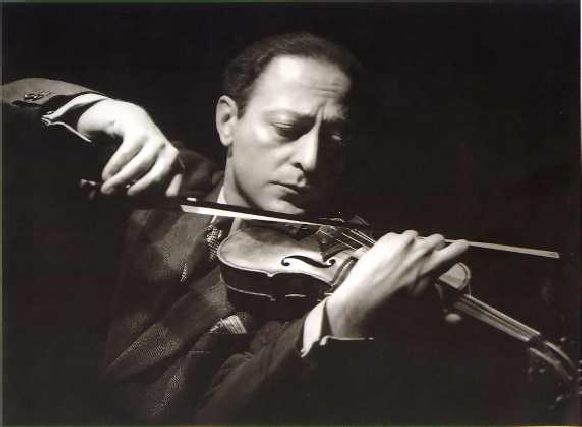I often get asked to recommend apps for practicing intonation. Different apps have different strengths, and the most useful app is the one most relevant to your need while being easy to use. I'm an iPhone user with an ancient iPhone 6, but it still works great for practicing music, so here's an short list of intonation apps:
All-in-one: TE Tuner (Tonal Energy Tuner, iOS only) is my Swiss Army knife app which includes:
a tuner that uses the iPhone mic to listen to and measure your tuning
a tone generator that allows you to sustain up to 6 drone tones simultaneously
the ability to record either a sequence of the above drone tones or your own live sound
waveform pitch analysis (to show how much fundamental there is in the pitch for more focus)
metronome with tap tool and lots of subdivisions, even programmable tempo changes
a practice loop tool for slowing down excerpts of audio tracks, similar to apps like the Amazing Slow Downer (I already have that particular app, which has a better interface)
My favorite part of TE Tuner is the tone generator, which looks like a pitch pipe wheel and can cover all octaves necessary. You can use it with earphones, the iPhone's built-in speaker (not very loud), or an external speaker (Bluetooth or wired). If for example you're faced with a difficult shift, then you can play drone tones for both the starting and ending pitch, providing your ear with a sonic model before you play it on the cello. You also can change settings from equal temperament to Pythagorean tuning, just intonation, etc..
Tuner-only apps:
iStrobosoft (iOS and Android) has a display big enough for a whole chamber group to see it if you put it up on a music stand. No drone tones, but it's made by the company that makes Peterson Tuners, so a very solid measuring tool.
ClearTune is a perennial favorite for both iOS and Android, and is especially helpful if you need to find quarter tones and other microtuned pitches between the standard 12 tones (ex., the music of Ben Johnston). It can play one drone tone at a time.







